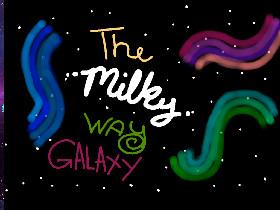The Milky Way Galaxy 1
by Quickwitted Word
0
0
Share
Description
The Milky Way Galaxy 1, a project made by Quickwitted Word using Tynker. Learn to code and make your own app or game in minutes.
Tags
Art, Informative, Educational, Animation
Concepts
delays, simple sound playing,
- #Lines:157
- #Actors:16
- #Costumes:23
- #Scripts:40
